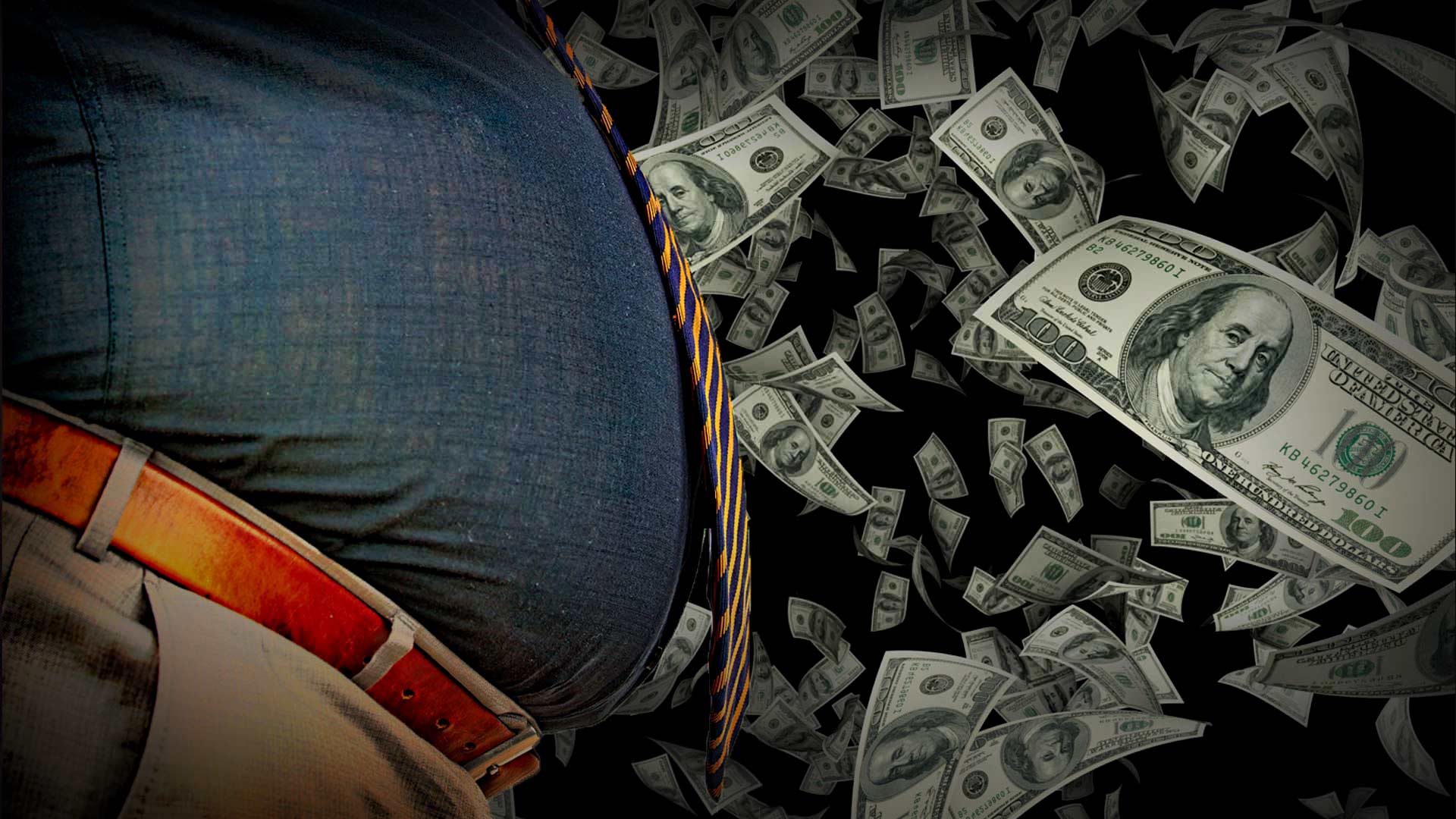
By Sarah Montalbano – Alaska Policy Forum
The Heritage Foundation recently released its inaugural Education Freedom Report Card for the U.S. Alaska ranked 47th in the nation for high spending, given the state’s extremely high per-pupil spending, disappointing student outcomes, and its inability to pay much of the state’s pension liabilities.
Education spending is the second-largest category of Alaska’s budget: the Department of Education and Early Development (DEED) is budgeted $1.67 billion for fiscal year 2023 (July 2022 – June 2023). With an Alaskan’s average salary in 2021, it would take almost 27,000 years for one person to save as much as is being spent on Alaska’s education in the upcoming year. High education spending prevents taxpayers from keeping more of their money, but national trends show that more spending doesn’t necessarily mean better outcomes. Alaska is a prime example: despite having one of the highest per-pupil spending figures nationwide, Alaska was second-to-last on the 2022 fourth grade reading National Assessment of Educational Progress (NAEP).
To improve academic outcomes, more funding should be spent directly benefiting students, rather than administrative bloat.
Alaska spends prodigiously on education. The Heritage Foundation ranks Alaska as the ninth-highest spending state nationwide in the 2018-2019 school year, at $18,615 per pupil after adjusting for Alaska’s cost of living. The U.S. Census Bureau documents an unadjusted per-pupil spending of $18,313 in 2020. While precise figures for per-pupil spending vary — with some estimates up to almost $21,000 — Alaska spends well above the Census Bureau’s U.S. average of $13,494 per pupil. Some rankings place Alaska’s spending as fourth nationwide, behind only New York, Connecticut, and New Jersey.
The Heritage Foundation quantifies students’ overall outcomes by averaging the scores on the 2019 NAEP exam for fourth grade mathematics, fourth grade reading, eighth grade mathematics, and eighth grade reading. Despite high spending, Alaska’s average outcomes were 49th nationally in 2019. In the 2022 exam, which quantifies the degree of learning loss students experienced, Alaska’s students performed poorly compared to the rest of the nation (Alaska was 49th in fourth-grade reading) but lost less ground than other states.
The ranking also considers the teacher-to-non-teacher ratio, which intends to quantify how much of “school spending has resulted in more school administrators, not investments in teachers and resources to improve education quality.” The Heritage Foundation found that there were 0.79 teachers for every non-teacher in Alaska’s public schools. To clarify, for every four teachers, there are five non-teachers in Alaska’s public schools. In the fall of 2019, there were 7,484 teachers in Alaska, which was only 44% of the total staff employed in public school systems in Alaska.
ALASKA WATCHMAN DIRECT TO YOUR INBOX
States must be able to pay off the pensions they’ve promised to their public employees, including teachers, yet in many states, unfunded pension liabilities are so large they have become a burden on taxpayers and economic growth. Unfunded pension liabilities for the Alaska Teachers’ Retirement System (Alaska TRS) total $1.86 billion, or nearly as much as the November 2022 Powerball jackpot. If Alaska had to pay off its unfunded pension liabilities to teachers today, it would need almost 16% of the state’s gross domestic product (GDP) — or a winning lottery ticket.
Reducing unnecessary bloat in non-teaching and administrative staff would go a long way toward reducing spending in Alaska. Allocating spending directly toward benefiting students staff, and reducing or stopping the rate of growth in other staff, would improve Alaska’s academic outcomes as well as the lives of the students it serves.
The state should also take steps to address its significant unfunded teacher pension liabilities. Alaska can’t win a lottery ticket to pay off what it owes in pensions, but it must continue to reduce its financial risk by assuming a realistic rate of return for its investments and following other best practices for pension plans.
Alaska’s well-above-average spending on education would be concerning under any circumstances, but the dismal academic outcomes of Alaska’s students make it inexcusable. To improve academic outcomes, more funding should be spent directly benefiting students, rather than administrative bloat.
The views expressed here are those of the author.








4 Comments
So we have all the answers, when we going to implement them? I’ve said all along to cut the pay of admission and give the teachers what they need to do their job. It’s embarrassing to tell people back home we spend the most and have the worst test scores. it should be the other way around. It’s time for change. The liberals are running our schools/kids under the bus. We need a bang for our buck. Get rid of the Administration and start over with some conservatives. see if in 10 years our scores come up and prices go down.
Not to mention the unfunded liability the State of Alask has for the Public Employees Retirement System (PERS) listed in the same table for the teachers retirement system (TRS). The State would need to pay 5.57 Billion dollars ($5,565,815,000). Nearly 3 (~2.99) times the TRS unfunded liability. If Alaska were to pay off the PERS unfunded liability, it would need nearly 48% of the state gross domestic product using the numbers provided in the article.
There just following dunleavy’s lead!
More $ less results!
I heard they are going to institute a new school Lunch program. More beans which will produce more carbon credits! Got to hand it to these creative geniuses that lead us!!!!!
follow the fraudulent $